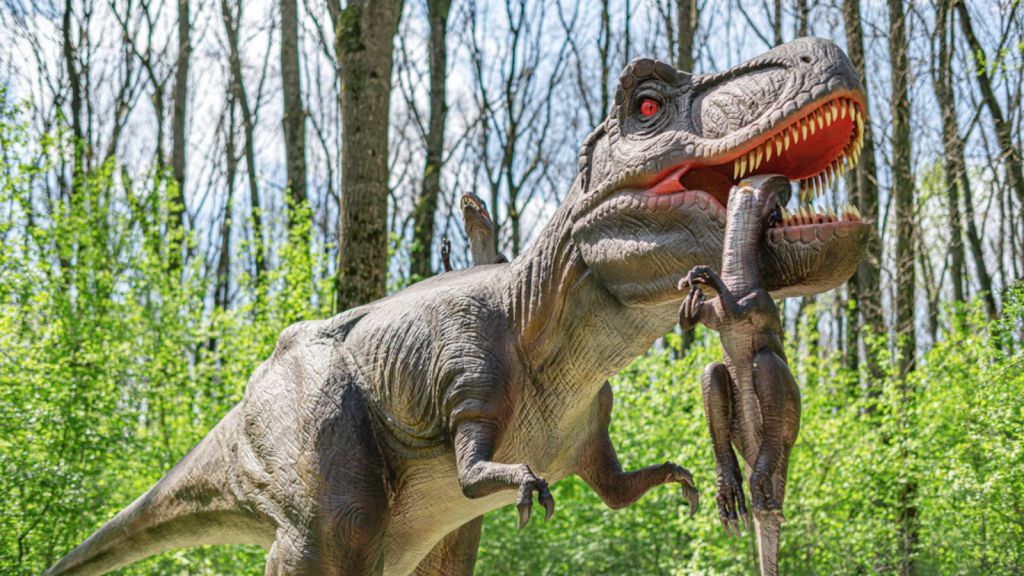“Unlocking the Secrets of Our Ancestors: 15 Surprising Revelations from the Prehistoric Era”
10. Tiny Mammals

During the Mesozoic Era, while dinosaurs ruled the land, the first mammals were small, shrew-like creatures that lived in the shadows. These nocturnal animals were mostly insectivores, and their small size allowed them to exploit ecological niches that were inaccessible to larger dinosaurs.
The evolution of mammals is a remarkable story of adaptation and survival. Despite living in the shadow of the dinosaurs for millions of years, these early mammals developed unique traits that would eventually allow them to thrive after the dinosaurs’ extinction. Their warm-blooded metabolism, ability to give birth to live young, and diverse feeding habits would prove to be key advantages in the changing world.
11. Feathered Dinosaurs

While we often picture dinosaurs as scaly reptiles, recent discoveries have revealed that many species, particularly theropods (the group that includes birds), had feathers. These feathers served various purposes, including insulation, camouflage, and display.
The presence of feathers in dinosaurs has revolutionized our understanding of their biology and evolution. It also provides compelling evidence for the theory that birds are direct descendants of dinosaurs, representing a remarkable example of evolutionary continuity.
12. The Largest Land Mammal Ever

While dinosaurs ruled the land, mammals were tiny. But in the time that came after the dinosaurs, mammals started to find their feet and increase in size. The Paraceratherium, a hornless rhinoceros relative, stood an impressive 16 feet tall at the shoulder and weighed up to 20 tons. This colossal herbivore roamed the Earth during the Oligocene Epoch, about 34 million years ago.












